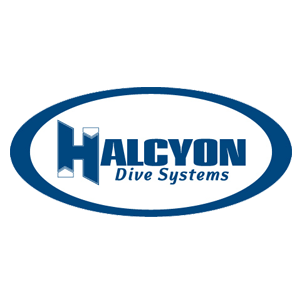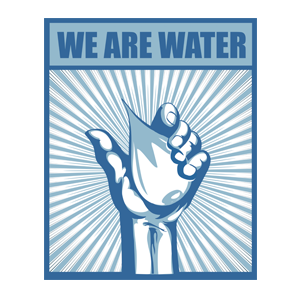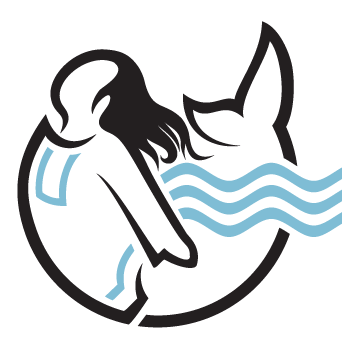The Expedition
In July 2016, a team of ten passionate women will embark on an epic three-month journey, snorkeling over 3,000 kilometers through frigid Arctic seas from Pond Inlet, Nunavut, to Inuvik, Northwest Territories. Supported by a mother ship equipped with two rigid hull boats, the snorkelers will scout and document the impacts of global warming on this fragile arctic ecosystem and on the aboriginal peoples’ traditional ways of life.
Through cross-cultural dialogue and educational outreach, the 2014-2016 Sedna Epic Expedition will record on-the-ground climate change observations of Inuit and Inuvialuit Elders. Providing educational and life role models, Team Sedna will reach out to Inuit and Inuvialuit women and girls, empowering them to build resilient communities to combat the impacts of climate change.
Immersing itself in the issue of disappearing sea ice, Team Sedna will translate its findings into educational and awareness programs on climate change and disappearing sea ice. The Expedition will serve as a “call to action” for citizens of the world, including youth, providing aboriginal and scientific knowledge to inform governments on implementing science-based policies to mitigate global warming. The Expedition will also serve to inspire women and girls to think “big,” and to follow their dreams, no matter how out of the box they may appear…
Before tackling the 100-day Northwest Passage Snorkel Relay during the summer of 2016, Team Sedna will mount an 15-day, action-packed expedition in July 2014. Traveling aboard the 116-foot MV Cape Race, along the Labrador coast to Baffin Island and across the Davis Strait to Western Greenland, the sea women will conduct team-building exercises, perform oceanographic studies, deliver educational outreach in Inuit communities and broadcast their findings to the world. Further, they’ll demonstrate that snorkelers—using diver propulsion vehicles—can successfully ‘go the distance’ through ice-infested arctic waters.
The Mythology of Sedna
Sedna is an ancient Inuit goddess of the sea. Her mythology has been retold by storytellers from the indigenous peoples of the North. Inuit peoples describe a teenage girl who refused to marry a man prescribed by her father. She ran away with a mysterious masked figure who turned out to be a Fulmar seabird. Her father rescued her from the sea bird colony, but when they attacked him in his kayak, he threw his daughter overboard. As she clung to the edge of the boat, he cut off her fingers one by one. Sedna slipped below the waves and as her fingers dropped below the surface they each took the form of a marine mammal. Sometimes angry with mankind, Sedna releases violent storms and waves. For millennia, Inuit Shamans have entered the sea to soothe her and comb her long black hair. Once calmed, Sedna releases the seals and whales for a bountiful hunt.
Sedna’s Reach
Illustration by Jill Heinerth






